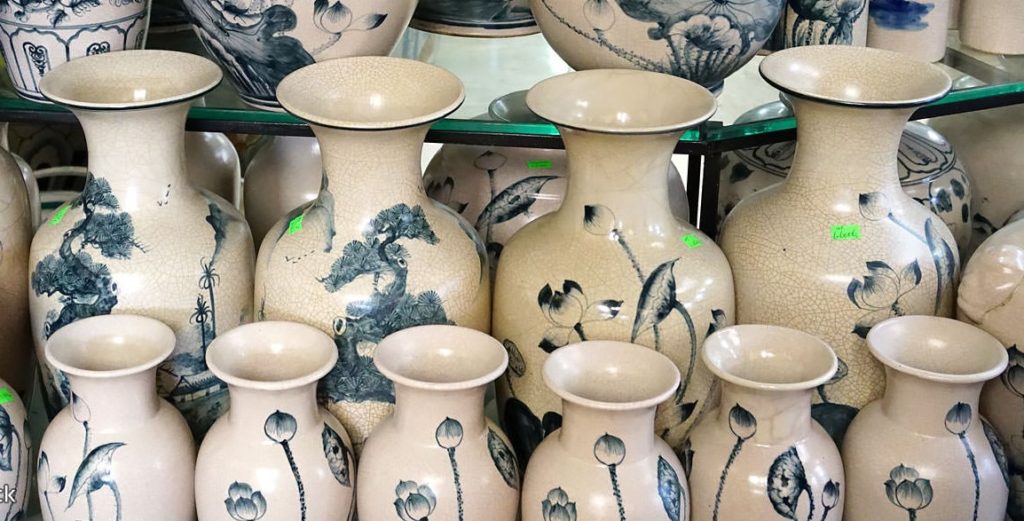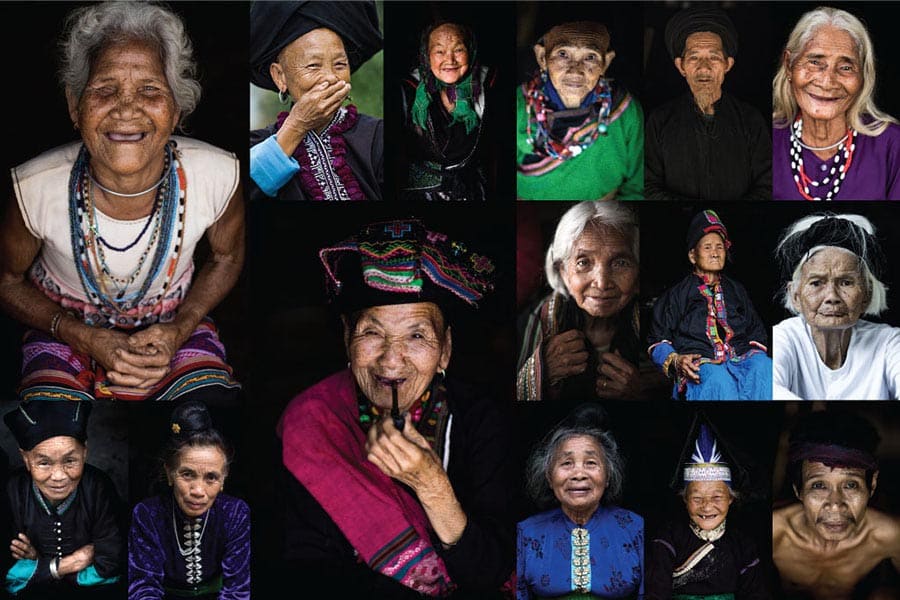With its picturesque Old Town, river, coastline and countryside, Hoi An is a bustling paradise for tourists. But just a few centuries ago, the region bustled in a different way, being a major trading port. The Thu Bon River, running through the middle of the city, was a hub of trading for silk, ceramics, spice and medicines, and brought people to the country from China, Japan, Thailand, India and even Europe. As a result, Vietnam is a more culturally-diverse nation than many people realize, with a very lively history.
Hoi An’s museums reflect the region’s past as a major trading hub, and some even go back further, detailing the lives of ancient civilizations. It’s worth bearing in mind that the city does not boast the same size of museum that can be found in Hanoi, but all the sites featured here are a great introduction to particular aspects of the history of the region.
Note: Precious Heritage Museum is free to enter – the others can be visited with an Old Town ticket, which entitles you to visit 5 cultural sites for just 120,000 VND (5 USD).

Museum of Sa Huynh Culture
Sa Huynh is one of Vietnam’s ancient cultures, existing in the country from around 1000BC to 200AD. They predate the Cham people, who ruled over most of Central and South Vietnam, up until the 17th century. The Sa Huynh people developed a major trading route between Vietnam and the Philippines, later expanding into other parts of Asia.
The Sa Huynh period is a hugely important time in Hoi An’s history due to them establishing these first trading routes. Over two floors, the museum houses terracotta work, bronze, glass, stone and jewellery. Amongst these is a collection unearthed on Cham Island, off Hoi An’s coast, thought to date back several thousand years. At the museum you can also learn about the fascinating Sa Huynh culture, traditions, and their influence on the area as a whole.
Address: 149 Tran Phu | Hours: 8am – 5pm
Museum of Folk Culture
The Museum of Folk Culture (or Folklore) sits in a former Chinese trading house, with wooden beams and balconies galore. With different ethnic groups and centuries’ old rural traditions, Vietnam is a melting pot of different cultures and ways of living.
The Museum of Folk Culture celebrates these diversities in the form of dress, handicrafts, different industries and methods of recreation. Here you can learn about the skills of different villages in Central Vietnam, some being skilled in making clothes, others in farming, carpentry or pottery. You can also discover different day-to-day traditions including those regarding marriage, education, dance and song.
Address: 33 Nguyen Thai Hoc St | Hours: 7am – 9:30pm
Precious Heritage Museum
The Precious Heritage Museum is a collection of photographs by French photographer Rehahn. The work focuses on portrait pictures of Vietnam’s different ethnic groups, each group having its own culture and traditions despite the ever-changing demands of the modern world. Doubling as an art gallery, photographs and books can also be purchased and one of the rooms is painted in the same indigo dye used by some ethnic groups to color their handmade clothes. The Precious Heritage Museum is free to enter and is a great introduction for anyone wishing to learn more about Vietnam’s 54 ethnic groups and traditions.
Address: 26 Phan Boi Chau | Hours: 8am – 8pm

Museum of History and Culture
Hoi An’s Museum of History and Culture is dedicated to the city’s trading past when the region was an important stopping point on the Silk Road. From the 16th century, merchants and traders from China, Japan and even Europe frequented the streets of Hoi An.
The museum houses relics from this period plus artwork reflecting the period. There’s also a small selection dedicated to Cham history – the Champa people once ruled over this part of Central Vietnam. For a more in-depth look at Champa history though, it’s worth visiting the Museum of Cham Sculpture in Da Nang.
Address: 10B Tran Hung Dao Street | Hours: 7:30am – 5pm
Museum of Trade Ceramics
The Museum of Trade Ceramics focuses on pieces dating back as far as the 7th century. Many of the artifacts were found due to archeological digs or found when building works were being conducted around Hoi An. As with the History and Culture museum, the Ceramics’ displays are inspired by Hoi An’s trading past. Pieces and fragments from China, Japan, India and beyond can be seen here, many of which were brought from overseas before ending up in the houses of Hoi An’s multicultural population.
Part of the attraction of the museum is in the building itself. Of Japanese origin and design, it’s a wooden house once used for meetings and trading – it’s likely there were lots more houses of similar design, up until the French colonized the area.
Address: 80 Tran Phu | Hours: 8am – 5pm
FAQs
Do I need to book in advance to visit Hoi An’s museums?
Booking is not usually necessary, but at peak tourist season the museums can get quite crowded. To get a little space, we would recommend going early in the morning so you can wander around the buildings freely and avoid any crowds.
Are Hoi An’s museums worth visiting?
Yes! None of the museums can compare to the likes of Paris’ Louvre, and they won’t take long to get around. But for the cost of an Old Town ticket (120,000 VND / 5 USD) you can visit up to 5 premises – not just museums, but pagodas and other Old Town sites too. The museums are a great introduction to the fascinating history of Hoi An and combined with other premises on your Old Town ticket are a great way to spend a half-day in the city.